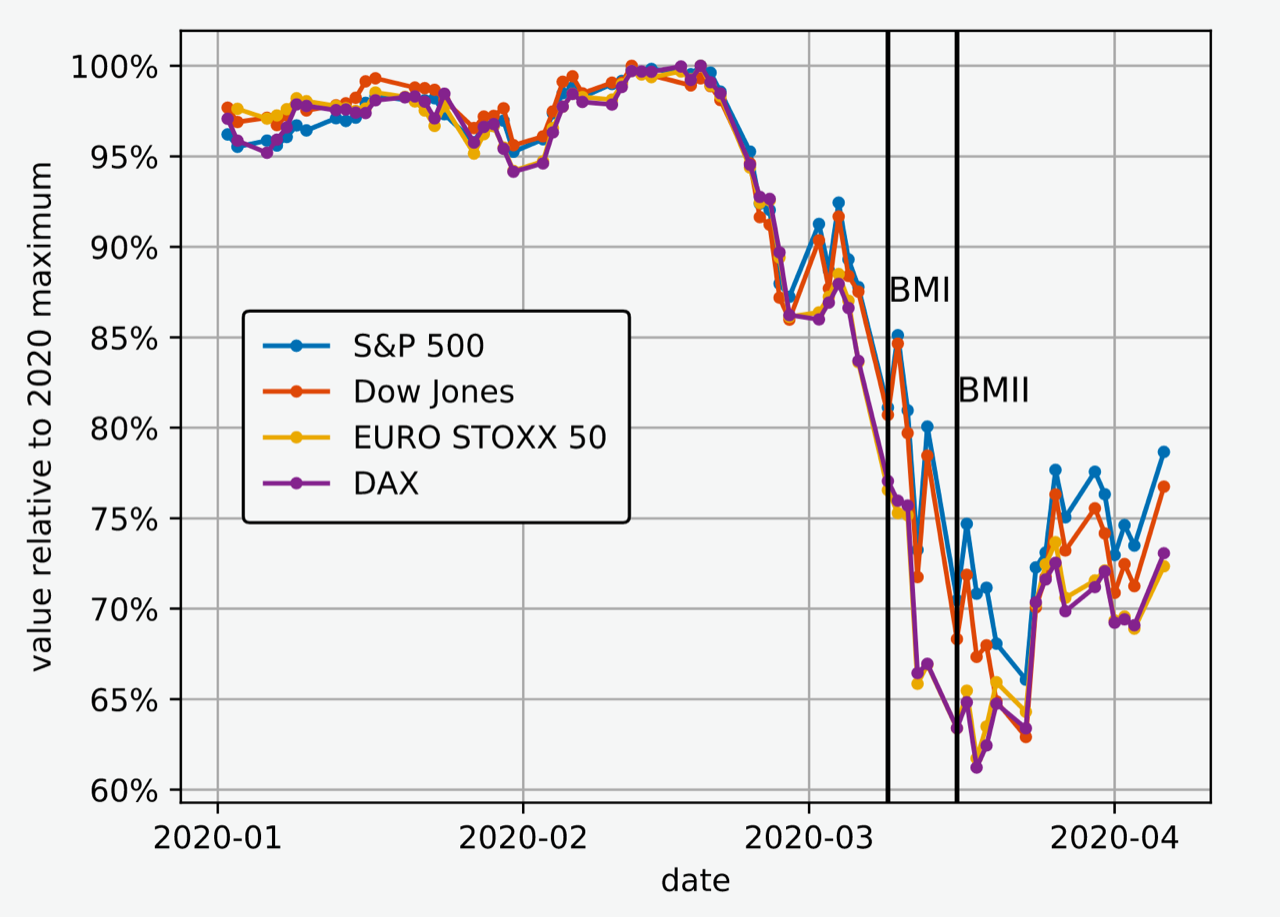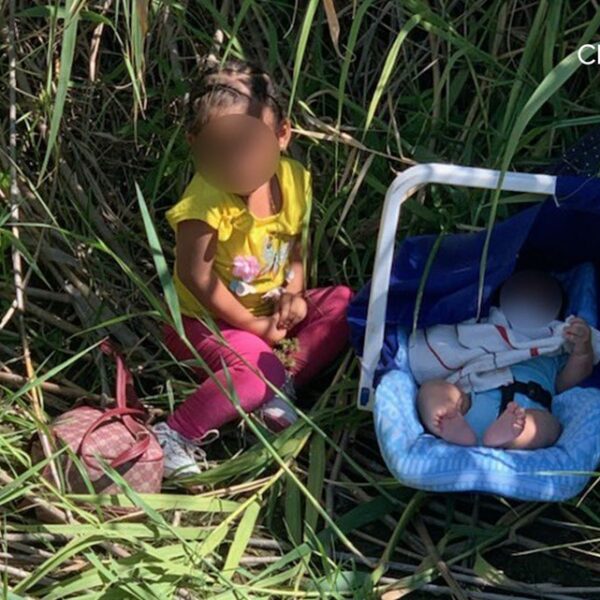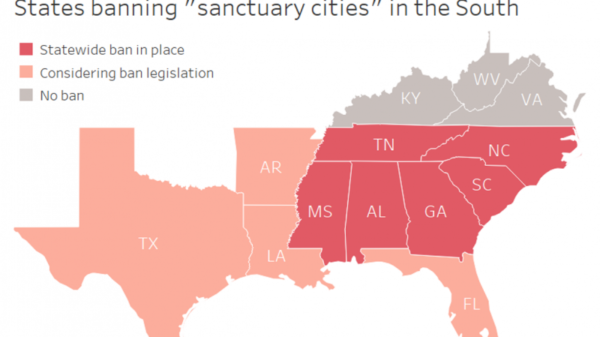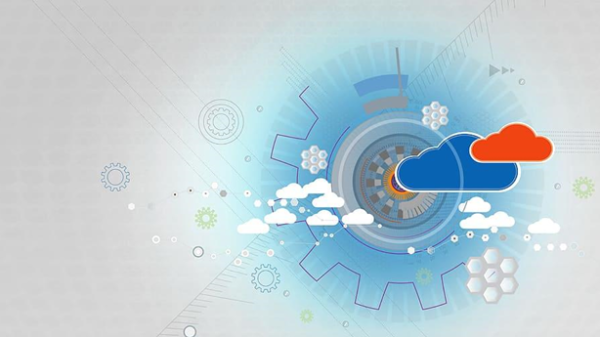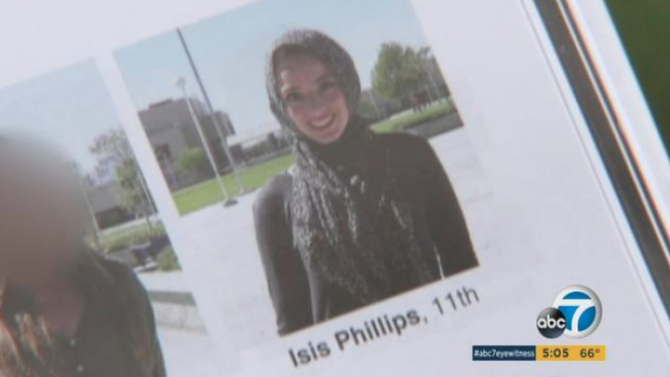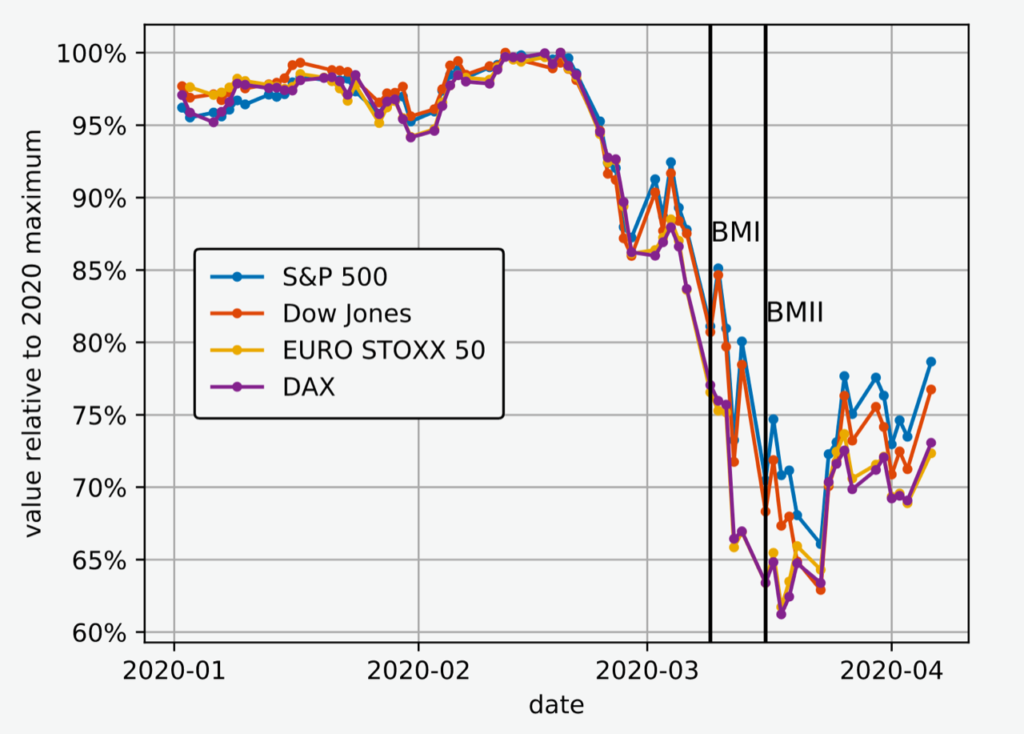
Photo courtesy of Wikimedia Commons
Magazine, The Immigrant Experience, Making Money By Julian Do, Contributor to Immigrant Magazine
LOS ANGELES, California — There are growing pressures to reopen the country’s economy and schools nationwide even though the containment of Covid-19 is still not in sight. Such decisions would pose many complications for ethnic and immigrant populations, who have already experienced healthcare disparities and socio-economic inequities prior to the pandemic.
The dilemma of reopening
The push for reopening is fueled by these staggering numbers: over 30 million people are unemployed, 7.5 million small businesses may head for bankruptcy, 22 million low-income kids are not getting regular school meals, and two-thirds of parents with K-12 children are worried about their kids falling behind.
But the data from the Johns Hopkins Coronavirus Resource Center’s Covid-19 tracking, which still shows no signs of flattening, are just as frightening: there are now about 1.25 million infection cases and more than 75,000 deaths in the US as of May 7.
“To put it into perspective, that’s basically a 9/11 event every three days in terms of the number of deaths,” said UCSF internal medicine professor Dr. Tung Nguyen during the May 1 telebriefing on Covid-19 organized by Ethnic Media Services.
With only a fraction of the country’s more than 300 million people having been tested for Covid-19, most health experts, including Dr. Nguyen and the National Institute of Allergy and Infectious Diseases director Dr. Anthony Fauci, believe it’s still too early for America to be reopened for business.
They argue that it’s not the question of whether the number of infection cases and death would go up, but how much sacrifice the political and business leaders are willing to accept.
Reopening may gravely affect communities of color
Since ethnic and immigrant populations are recognized as the most vulnerable during this pandemic, reopening the economy now would pose even greater risks for this group, say community health professors Dr. Melva Thompson-Robinson and Dr. David Hayes-Bautista during the telebriefing.
Dr. Thompson-Robinson is the Director of the Center for Health Disparities Research at the University of Nevada, Las Vegas, and Dr. Hayes-Bautista is the Director of the Center for Study of Latino Health and Culture at UCLA.
During this period of the shelter-in-place orders, many emerging data reporting have already shown African American mortality rates are about twice the national average, says Dr. Thompson-Robinson.
Similarly, Dr. Hayes-Bautista is concerned that when so much of the current essential work like healthcare and food production are being carried out by Latino workers, many of whom are uninsured and undocumented immigrants, reopen the economy now is like exposing these frontline fighters to a wider war.
The pros and cons of reopening, the California plan
In their March 2020 paper (revised in April) titled “The Macroeconomics of Epidemics” through the National Bureau of Economic Research, Northwestern economics professor Martin S. Eichenbaum, Kellogg finance professor Sergio Rebelo, and Mathias Traband of Freie Universität Berlin assess the pros and cons of reopening the economy in terms of economic impacts.
They conclude that containment measures are economically justified as the huge costs caused by the rise in human toll will more than offset the economic benefits that policy makers hope to gain.
While some states have started to relax their shelter-in-place restrictions by allowing a number of businesses to reopen, California has developed a four-phase plan.
In the current Phase 1, the focus is on containment and providing a safe working environment for the essential workers. In Phase 2, which Governor Gavin Newsom has recently announced to begin on May 8, low-risk businesses — bookstores, clothes stores, and retailers with curbside pickup — will be gradually allowed to be open across the state.
Newsom added that Phase 3 could begin in “months” and allow higher risk businesses such as hair salons, gyms, and religious services to operate. And Phase 4, the final stage, is the full lift of all restrictions but would be contingent on having a vaccine publicly available.
Covid-19 sheds light on academic inequality
In terms of education, the issue of when to reopen physical schools is as controversial as the debate for reopening the economy.
In the meantime, the pandemic’s effects on K-12 children and their families have been unquestionably immeasurable.
“Schools play a critical role in the children’s life and families. They provide enrichment activities, education, social cohesion, safety, meals, and also a key source for childcare,” says Mayra Alvarez, President of the Children’s Partnership and speaker in the same telebriefing.
“The closure of schools in response to the Covid-19 pandemic has posed great risks for millions of children, especially the marginalized students from ethnic communities who rely on their schools for their education, safety, and nutritions,” adds Alvarez.
In California, about nearly four million students, of whom the majority are low-income children, received meals from California’s public schools in the 2018–19 school year, according to the PPIC’s (Public Policy Institute of California) analysis of the school closure’s impacts caused by Covid-19 pandemic.
“Without school meals, the share of students living in deep poverty would be 17% higher,” the analysis finds.
To remedy the situation, many school districts in California have set up sites where parents can pick up “grab-and-go” meals for all children, regardless of enrollment or eligibility. However, access is still a challenge, especially for low-income areas, as LAUSD has only 64 meal pickup sites for about 1,000 schools and SDUSD has only 13 sites for 181 schools, based the PPIC report.
“Covid-19 is also likely to exacerbate other inequities that have existed before the crisis,” adds Alvarez. She believes students from underserved communities will get further behind as they don’t have adequate access to digital resources required for distance learning.
Digital divide in education
First Partner Jennifer Siebel Newsom, in her recent address on education, said there exists a digital divide in California. Twenty percent of the state’s 6 million K-12 students — about 1.2 million — don’t have access to internet or computers for remote learning.
In Los Angeles, this inequity is correlated to income and race, a finding from the April 16 USC report, which used data from the 2018 American Community Survey.
Of the top 20% income earners, nine in ten K-12 households have access to both internet and devices. Meanwhile, only 50% of similar families from the bottom 20% of income “are equipped for distance learning.”
And regardless of income, ethnic students in Los Angeles are “less likely to have the technology resources” for remote learning because they tend to live in “communities with underfunded schools and less advanced broadband infrastructure,” according the USC report.
To help many disadvantaged communities, Apple has given out 10,000 iPads to 800 school districts, and Google has provided 4,000 laptops and is developing about 100,000 free internet hotspots in California.
Gov. Newsom has pledged 70,000 of devices for distance learning and State Superintendent Tony Thurmond has also announced another 150,000 to students who don’t have one.
Reopening schools
When can schools can be reopened and what would the new normal looks like?
Similar to the issue of when is the right time to reopen the economy, this decision is up to each state and likewise, the federal government has offered little guidance.
In California, as outlined by Gov. Newsom in his 4-phase plan to reopen the economy, school opening is part of Phase 2, which is scheduled to kickstart on May 8.
In his April 14 news conference, he announced that the next academic year may start in late July or early August, earlier than normal, to help students make up for loss learning.
The announcement met some resistance from educators.
“If this is going to work, there are some major questions we will have to answer. First and foremost: Can this be done in a way that protects the health and safety of our students, teachers, and school staff?” State Superintendent Tony Thurmond says in prepared statement.
“We also must consider the fiscal implications. Social distancing in schools may require smaller class sizes, but schools are going to need additional resources to make it happen—including the possibility of hiring more teachers.”
In a new study of Covid-19 infection among children led by German virologist Christian Drosten, one of the world’s foremost experts on coronaviruses, the findings suggest “children may be as infectious as adults” but tend to exhibit milder symptoms.
Based on their finding that schools could potentially be hubs for spreading infection, Drosten’s research team has cautioned “against an unlimited re-opening of schools and kindergartens in the present situation.”
No one knows at this point when schools can be reopen in California
New school normal
The new school normal, however, as being envisioned by policymakers, health experts, and educators, would be different.
Class sizes will be smaller to adhere to social distancing protocols; all teachers and students will wear masks and get routine temperature checks; students to eat lunch at their desks; playgrounds and all assemblies will be closed and canceled; schedules will be staggered with a group of students attending in the morning, and the other group in the afternoon, or on an every-other-day arrangement with distance learning supplemented.

